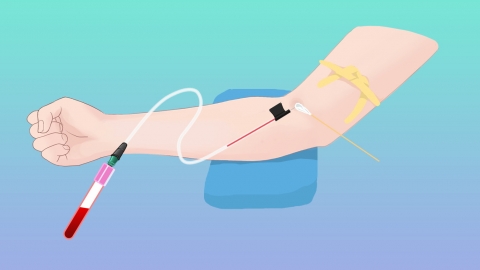What is the normal value of apolipoprotein B?
Under normal circumstances, the reference range for apolipoprotein B is approximately 0.6-1.1g/L. Due to differences in reagents and instruments among testing institutions, reference values may vary slightly, so the values indicated on the test report should be considered authoritative. If concerns exist, it is recommended to seek medical advice in advance. Detailed analysis is as follows:

If the test result falls within the above reference range, it indicates a normal apolipoprotein B level, suggesting a favorable lipid metabolism status. The transport capacity of low-density lipoprotein cholesterol and other "bad cholesterol" remains within a reasonable range, indicating a relatively low risk of cardiovascular problems such as atherosclerosis. Maintaining a balanced diet and regular exercise suffices in daily life.
If the result exceeds the upper reference limit, it may indicate elevated levels of low-density lipoprotein cholesterol, increasing the likelihood of excess lipids depositing on blood vessel walls. Long-term risks may include diseases such as stroke. This is commonly seen in individuals consuming high-fat diets, those who are obese, or patients with diabetes. If the result is below the lower reference limit, it is often related to malnutrition or reduced synthesis caused by liver dysfunction. Further investigation combining other indicators is necessary to identify the underlying cause.
After receiving the apolipoprotein B test report, verify the reference values listed on the report first, and then make a comprehensive assessment in combination with personal symptoms and other lipid profile indicators. Do not take medication on your own when indicators are abnormal; instead, seek timely medical consultation at a hospital where a doctor can develop a targeted intervention plan. Regular follow-up tests should also be conducted to monitor changes in the indicators.






